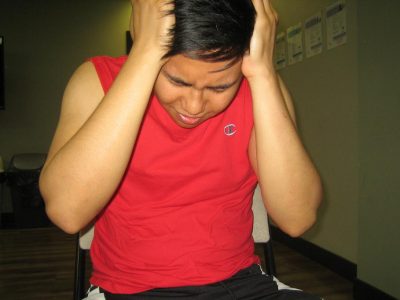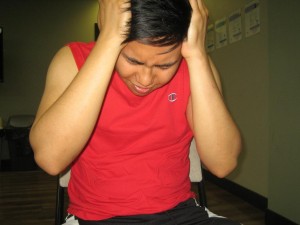If an individual suffers from pounding headaches, it might be a migraine. The difference with a migraine is its debilitating nature. It is characterized by intense throbbing sensation on one side of the head that worsens during movement along with nausea and sensitivity to noise and light.
A migraine can last for a few hours up to a few days. Some individuals experience an aura before an attack which is a visual disturbance described as streaks or flashes of light. In some cases, it can be ringing in the ears or sensation of tingling and numbness.
What are the usual migraine symptoms?
- Pain on one side of the head
- Nausea, vomiting or stomach upset
A migraine can last for a few hours up to a few days. - Pulsating or throbbing pain
- Light or noise sensitivity
If an individual has at least 2 of these symptoms, it is more than just a headache. A doctor should be consulted to pinpoint the exact cause for the pain and what can be done to stop it.
Is it a cause for concern?
It is not surprising that a migraine has a negative impact on the quality of life that can affect work productivity, social relationships and even emotional well-being. In a study conducted, most individuals suffer from depression.
Migraines were also linked to a higher risk for stroke. The management is aimed on easing the pain, minimizing the risk for long-term effects of the attacks and improve emotional wellness and health.
How to manage the acute symptoms
Most individuals with migraines might attempt to deal with the condition without medical care and simply rely on non-prescription medications. Even though there is no treatment for migraines, there are applicable ways to handle the pain.
The prescription triptans can provide relief to a number of individuals with migraines. Actually, most cases can be treated using triptans early during an attack and able to resume normal activities in a couple of hours. The triptans are not suitable for everybody though and might not be useful in managing certain forms of migraines. Working with a doctor is ideal so that the right plan can be started.
Measures to manage a migraine
Aside from the pharmaceutical approach, the following self-care measures can prevent future attacks:
- The individual should keep a headache diary to pinpoint possible factors that can trigger the attacks. Some of the usual triggers include wine, beer, cheese, smoked meats, MSG, pickled foods, loud noises, chocolate and bright lights.
- Avoid the potential triggers once determined.
- Stick with a healthy diet that is high in complex carbohydrates and low in fat.
- Gentle exercises such as Tai Chi, yoga or slow swimming
- Maintain a regular sleeping pattern.


